A network cable is an essential component of any network infrastructure. It is the physical medium through which data is transmitted between network devices such as computers, servers, and switches. Each different type of network cable available in the market has unique characteristics and performance capabilities that serve specific purposes. If you’ve ever wondered what the differences are between the most commonly used types of network cables, including Cat 5, Cat 5e, Cat 6, Cat 6A, and fiber optic cables, then continue reading down below!
Cat 5 Cable
Cat 5 cable is an older standard that was widely used in the late 1990s and early 2000s. It supports data transfer rates up to 100 Mbps and has a maximum cable length of 328 feet, or 100 meters. However, it is not suitable for high-speed applications and is gradually being replaced by newer standards.
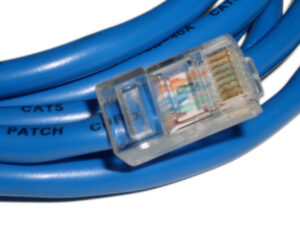
Cat 5e Cable
Cat 5e is an enhanced version of Cat 5 cable and is currently the most widely used network cable. It supports data transfer rates up to 1 Gbps and has a maximum cable length of 328 feet, or 100 meters. It is suitable for most applications, including voice, video, and data transfer.
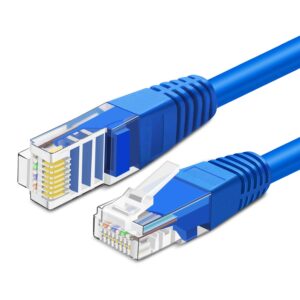
Cat 6 Cable
Cat 6 is a newer standard that provides higher bandwidth than Cat 5e. It supports data transfer rates up to 10 Gbps and has a maximum cable length of 328 feet, or 100 meters. Cat 6 cable is suitable for high-speed applications such as video conferencing, high-definition video streaming, and online gaming.
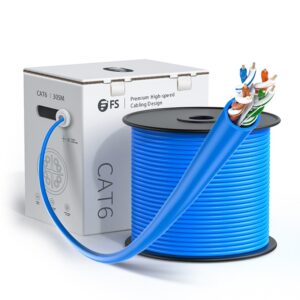
Cat 6A Cable
Cat 6A is an enhanced version of Cat 6 cable and supports data transfer rates up to 10 Gbps with a maximum cable length of 328 feet, or 100 meters. One thing that makes it unique is that It has better shielding capabilities than the regular Cat 6 cable, which means that it is much less susceptible to electromagnetic interference. The cable is much thicker as well, as a result of the copper conductors and jackets in the cable being thicker, causing the cable to be more suitable for locations such as data centers, wireless access points, server rooms, and other high-density environments.
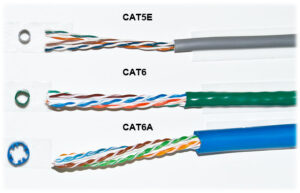
Fiber Optic Cable
Fiber optic cable is a type of cable that uses optical fibers to transmit data, making it capable of transmitting data at very high speeds over long distances. Fiber optic cables are immune to electromagnetic interference and are suitable for environments with high levels of electrical noise, which makes them commonly used in data centers, telecommunications networks, and other high-bandwidth applications.
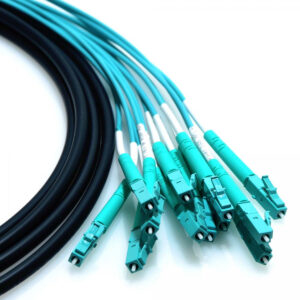
Choosing the right network cable depends on the specific needs of your network, and for most applications, Cat 5e or Cat 6 cable will be sufficient. However, if you need higher bandwidth or longer cable runs, you may want to consider Cat 6a or fiber optic cables. A trained and experienced technician, such as the ones we employ at RCH Communications, can advise you on exactly what kind of cabling you’ll need for your project, so please, consider [contacting us] at any time for help with all of your cabling and network infrastructure needs!
